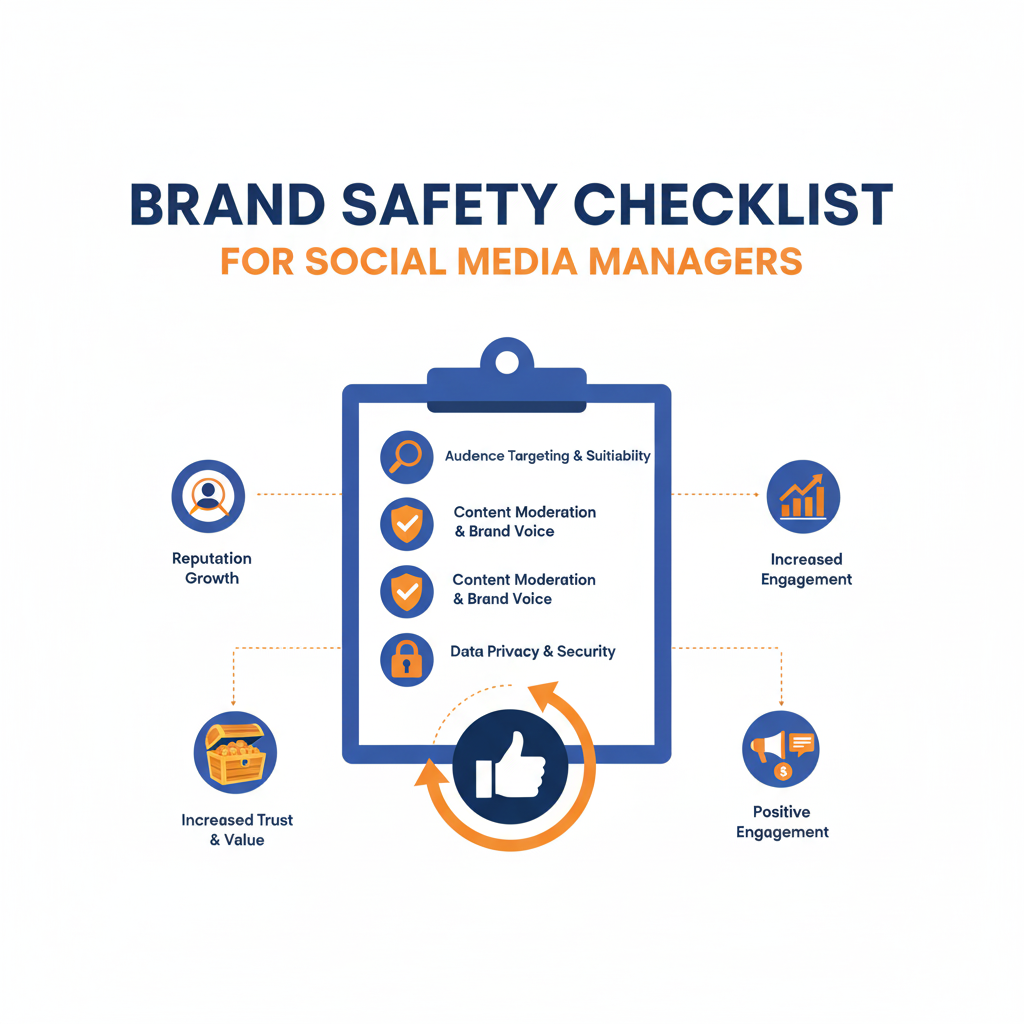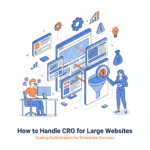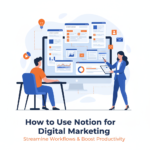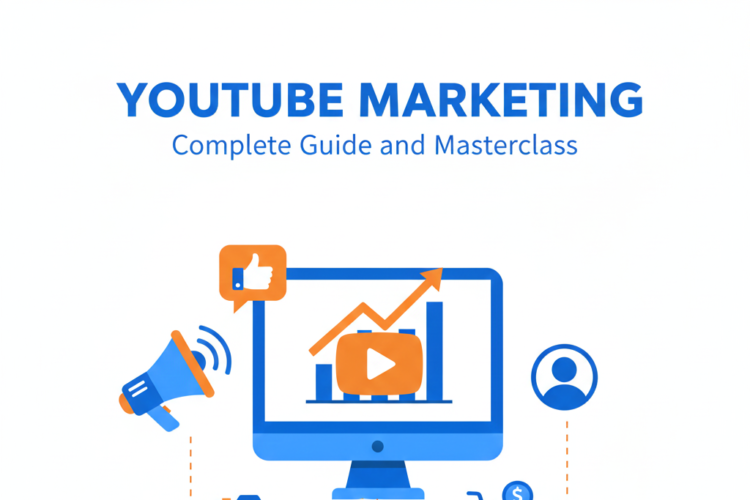
A Brand Safety Checklist for Social Media Managers
Introduction
In today’s always-on digital world, social media is both a powerful growth engine and a potential reputational minefield. One tweet, one influencer collaboration, or one misplaced ad can trigger a PR crisis within hours.
That’s where brand safety comes in.
Brand safety is about protecting your company’s reputation, audience trust, and advertising investments in online environments. For social media managers, maintaining brand safety isn’t optional — it’s a core responsibility that affects brand equity, customer relationships, and campaign ROI.
This guide provides a comprehensive brand safety checklist tailored for social media managers — covering everything from content review and influencer partnerships to crisis management and platform settings.
1. What Is Brand Safety (and Why It Matters)?
Definition:
Brand safety ensures that your brand’s content, ads, and online presence appear only in appropriate, non-harmful, and contextually relevant environments.
Why It’s Crucial:
-
Protects brand reputation and credibility
-
Prevents ad placement in harmful or controversial content
-
Maintains consumer trust
-
Ensures compliance with legal and ethical standards
-
Avoids boycotts, backlash, or misinformation association
Brand Safety vs. Brand Suitability
-
Brand Safety = Avoiding harmful content (e.g., hate speech, violence).
-
Brand Suitability = Ensuring content aligns with your brand’s tone, audience, and values (e.g., edgy humor might suit some brands but not others).
2. Common Brand Safety Risks on Social Media
Before you can protect your brand, you must recognize the risks.
Social media’s dynamic nature means new risks can appear daily.
a. User-Generated Content (UGC)
-
Offensive comments, memes, or mentions
-
Fake reviews or misleading tags
b. Influencer Partnerships
-
Influencers involved in scandals or controversial opinions
-
Misalignment with brand values
c. Ad Placements
-
Programmatic ads appearing near harmful or explicit content
-
Mis-targeted audience segments leading to backlash
d. Cybersecurity & Impersonation
-
Fake accounts mimicking your brand
-
Phishing links shared through DMs or comments
e. Cultural Sensitivity
-
Misuse of cultural references, language, or symbols
-
Unintentional offense in global campaigns
f. Crisis Amplification
-
Negative press or customer complaints going viral
-
Trolls or bots hijacking brand hashtags
3. Brand Safety Checklist for Social Media Managers
Below is a step-by-step actionable checklist to help you secure your brand’s reputation across all major platforms.
✅ 1. Define Brand Safety Guidelines
Start by clearly defining what “safe” and “unsafe” mean for your brand.
Checklist:
-
Create a Brand Safety Policy Document
-
Identify sensitive topics (politics, religion, adult content, violence, etc.)
-
Outline tone, voice, and acceptable humor levels
-
Set up an approval workflow for content and partnerships
-
Train your team on brand safety do’s and don’ts
✅ 2. Vet Every Influencer & Partner Thoroughly
Influencer partnerships can boost reach — or cause reputational damage.
Checklist:
-
Review influencer’s past content and audience demographics
-
Use tools like HypeAuditor, Modash, or Upfluence to detect fake followers
-
Check for controversial statements or red flags
-
Align on brand messaging and disclosure guidelines
-
Sign a Brand Safety Agreement including behavioral clauses
Pro Tip:
Create a “3-strike rule” for influencer compliance issues.
✅ 3. Monitor Mentions and UGC in Real Time
Your audience creates content about you — but not all of it will be brand-safe.
Checklist:
-
Use social listening tools (e.g., Brandwatch, Sprout Social, Meltwater)
-
Set alerts for brand mentions, hashtags, and key executives
-
Flag and remove offensive or false posts/comments quickly
-
Engage politely but firmly with user concerns
-
Archive interactions for documentation and learning
✅ 4. Audit Your Ad Placements
Even high-quality campaigns can fail if your ads appear in risky environments.
Checklist:
-
Use brand safety controls on ad platforms:
-
Facebook/Meta: Inventory Filters, Block Lists
-
YouTube: Excluded Categories, Content Labels
-
TikTok: Inventory Filters & Safe Mode
-
X (Twitter): Keyword & Placement Controls
-
-
Exclude controversial or unsafe keywords
-
Regularly review placement reports
-
Use third-party verification tools (e.g., DoubleVerify, IAS, MOAT)
✅ 5. Review All Creative Before Publishing
Every image, caption, or video should pass your internal brand safety checklist.
Checklist:
-
Cross-check visuals for sensitivity and context
-
Avoid stereotypes or cultural misrepresentation
-
Verify copyright and licensing
-
Use AI image detection tools to ensure visuals are safe
-
Have two-step content approval (social manager + brand head)
✅ 6. Implement Comment Moderation Policies
Toxic comment sections can quickly spiral out of control.
Checklist:
-
Enable profanity filters and keyword blocking
-
Create a response escalation process (who handles what)
-
Hide or delete comments violating community standards
-
Use AI moderation tools like BrandBastion or Respondology
-
Train your team on neutral tone and de-escalation
✅ 7. Establish Crisis Management Protocols
Every brand needs a plan for when things go wrong.
Checklist:
-
Identify a Crisis Response Team (social manager, PR, legal, executive)
-
Draft response templates for different scenarios
-
Set up 24-hour response timelines for viral issues
-
Monitor sentiment trends before, during, and after the crisis
-
Conduct post-crisis analysis and update protocols
Pro Tip:
Have a “dark post” plan — pre-approved messages ready for fast deployment.
✅ 8. Strengthen Account Security
A hacked social account is a major brand safety failure.
Checklist:
-
Enable 2FA (Two-Factor Authentication) on all accounts
-
Limit admin access using role-based permissions
-
Use secure password managers (e.g., 1Password, Bitwarden)
-
Review connected apps and integrations quarterly
-
Maintain a backup communication channel (e.g., WhatsApp group for the marketing team)
✅ 9. Ensure Legal & Compliance Adherence
Regulations vary by region, and non-compliance can trigger penalties.
Checklist:
-
Follow GDPR, CCPA, and platform-specific ad policies
-
Use disclosure tags (#Ad, #Sponsored) for influencer content
-
Review copyright, trademark, and licensing terms
-
Document consent for user-generated content usage
-
Stay updated on advertising laws per market
✅ 10. Continuously Monitor Brand Sentiment
Brand safety isn’t a one-time task — it’s ongoing.
Checklist:
-
Track brand sentiment via tools like Talkwalker or Mention
-
Analyze spikes in negative mentions
-
Identify emerging risks or competitors’ crises
-
Publish quarterly safety reports for stakeholders
-
Adjust strategy based on sentiment trends
4. Tools for Social Media Brand Safety
| Category | Recommended Tools | Purpose |
|---|---|---|
| Social Listening | Brandwatch, Sprout Social, Talkwalker | Monitor mentions & sentiment |
| Ad Verification | DoubleVerify, IAS, MOAT | Prevent unsafe ad placements |
| Influencer Vetting | HypeAuditor, Modash, Tagger | Evaluate influencer authenticity |
| Content Moderation | Respondology, BrandBastion | Manage toxic comments |
| Security & Access | 1Password, Authy, Okta | Protect accounts & logins |
5. Real-World Example: When Brand Safety Fails
Case: YouTube Ad Crisis (2017)
Brands like AT&T and Pepsi pulled millions in ad spend after discovering their ads ran before extremist videos.
Lesson:
Always enable inventory filters and third-party monitoring, no matter how large or small your campaign is.
6. Brand Safety KPIs to Track
-
Negative Mentions (%)
-
Sentiment Score
-
Ad Placement Quality Score
-
Response Time to Crises
-
Influencer Compliance Rate
-
Audience Trust Metrics (reviews, feedback trends)
7. Building a Brand Safety Culture
Tools and checklists help, but culture sustains brand safety.
Encourage:
-
Proactive communication among teams
-
Continuous training on emerging risks
-
Cross-department collaboration (legal, PR, product)
-
Empathy-driven decision-making
A truly brand-safe organization empowers its people to think before they post.
Conclusion
Brand safety is no longer about damage control — it’s about prevention, protection, and preparation.
As a social media manager, you are the first line of defense for your brand’s reputation. By implementing a robust brand safety checklist — from influencer vetting to crisis management — you ensure that your brand not only thrives in the digital space but does so ethically, responsibly, and confidently.
Author



